Advances and Application Prospects of Turbulence Models
DOI: 10.23977/jeis.2024.090201 | Downloads: 18 | Views: 1107
Author(s)
Sutian Guo 1
Affiliation(s)
1 School of Information Science and Technology, Northwest University, Xi'an, 710127, China
Corresponding Author
Sutian GuoABSTRACT
Turbulence is a common flow phenomenon in nature and engineering, characterized by irregularity and strong randomness. Turbulence calculation is critical in many engineering designs and applications. To explain the flow pattern of turbulence, scientists have created various models to simulate it. At present, the prediction of turbulence transition and the improvement of large eddy simulation are still not comprehensive, and there is a lack of systematic summary and reasonable research routes. Therefore, this article introduces the simulation ideas and basic control equations of three methods: Reynolds averaged, direct numerical simulation, and large eddy simulation. The development background, research status, and specific applications of large eddy simulation technology are emphasized. The advantages, disadvantages, and applicability of large eddy simulation are analyzed in depth. This article aims to review the development of turbulence models and summarize the current main turbulence models, providing a reference for related research and of great value for future research on large eddy simulation.
KEYWORDS
Turbulence simulation, Large eddy simulation, Direct numerical simulation, Reynolds averagedCITE THIS PAPER
Sutian Guo, Advances and Application Prospects of Turbulence Models. Journal of Electronics and Information Science (2024) Vol. 9: 1-8. DOI: http://dx.doi.org/10.23977/10.23977/jeis.2024.090201.
REFERENCES
[1] Deng X., (2008) Research on Large Eddy Simulation of Incompressible Turbulence, Ph.D. thesis, China Aerodynamics Research and Development Center.
[2] Lu M., Sun X., Li Y, et al. (2006) Numerical simulation methods for turbulence and their characteristic analysis. Journal of Hebei Institute of Architecture and Technology, 02:106-110.
[3] Wang L., (2004) Overview of Large Eddy Simulation Theory and Its Applications. Journal of Hohai University (Natural Science Edition, 03:261-265.
[4] Smagorinsky J. (1963) General circulation experiments with the primitive equations: I. The basic experiment. Monthly Weather Review, 91(3): 99-164.
[5] Deardorff J W. (1970) A numerical study of three-dimensional turbulent channel flow at large Reynolds numbers. Journal of Fluid Mechanics, 41(2): 453-480.
[6] Wang H., Kou G., (2004) Progress in Large Eddy Simulation Theory and Its Application in Engineering. Fluid Machinery, 07:23-27.
[7] Moin P., Kim J., (1982) Numerical investigation of turbulent channel flow. Journal of fluid mechanics, 118: 341-377.
[8] Zhou X., Zu G., Gu M., (2016) Comparative Study on Large Eddy Simulation and Wind Tunnel Testing of TTU Standard Model Surface Wind Pressure. Engineering Mechanics, 33(02): 104-110.
[9] Zhuang D., Meng X., (2002) Large Eddy Simulation of Indoor Air Flow Distribution. Acta Aerodynamica Sinica, 03: 332-338.
[10] Song J., Bai H., Cheng B., et al. (2023) Application of Large Eddy Simulation Technology in Aeronautical Turbulence Research. Acta Aerodynamica Sinica, 41(08):26-43.
| Downloads: | 12712 |
|---|---|
| Visits: | 494075 |
Sponsors, Associates, and Links
-
Information Systems and Signal Processing Journal

-
Intelligent Robots and Systems

-
Journal of Image, Video and Signals
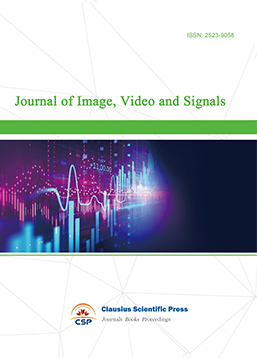
-
Transactions on Real-Time and Embedded Systems
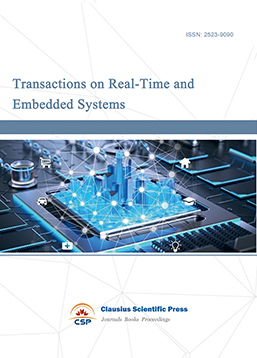
-
Journal of Electromagnetic Interference and Compatibility
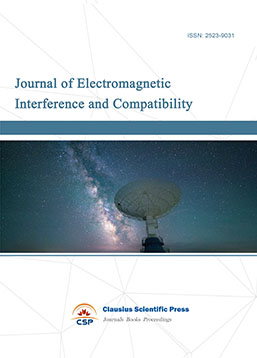
-
Acoustics, Speech and Signal Processing
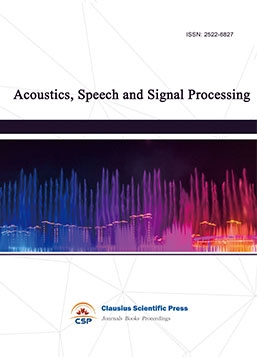
-
Journal of Power Electronics, Machines and Drives
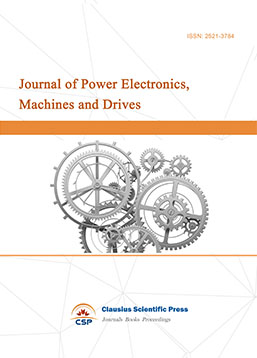
-
Journal of Electro Optics and Lasers

-
Journal of Integrated Circuits Design and Test
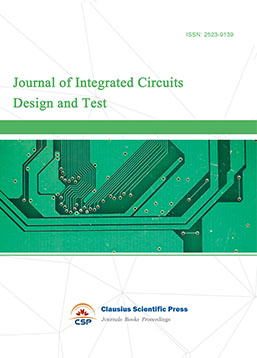
-
Journal of Ultrasonics
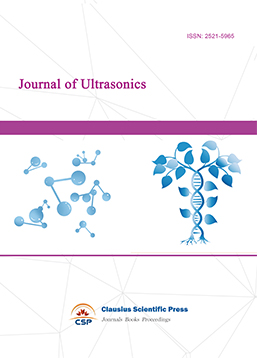
-
Antennas and Propagation
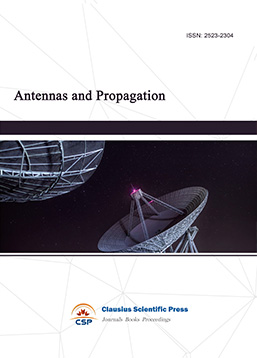
-
Optical Communications
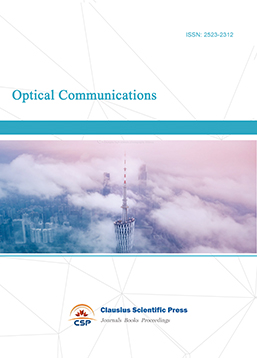
-
Solid-State Circuits and Systems-on-a-Chip
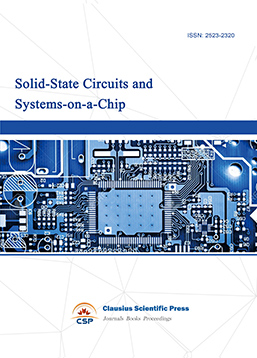
-
Field-Programmable Gate Arrays

-
Vehicular Electronics and Safety
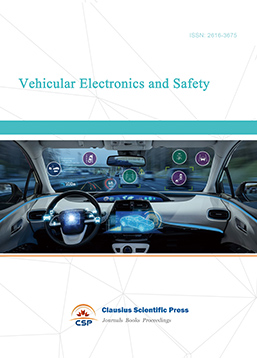
-
Optical Fiber Sensor and Communication
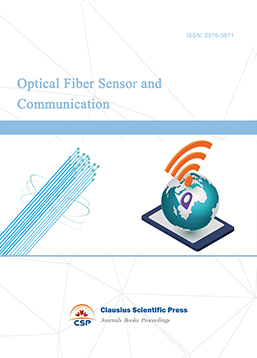
-
Journal of Low Power Electronics and Design
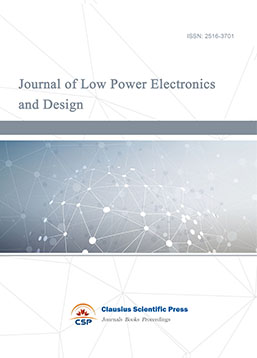
-
Infrared and Millimeter Wave
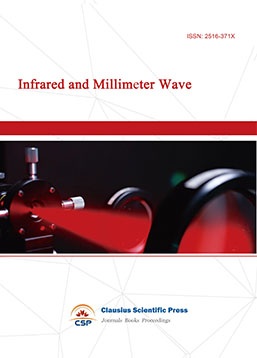
-
Detection Technology and Automation Equipment
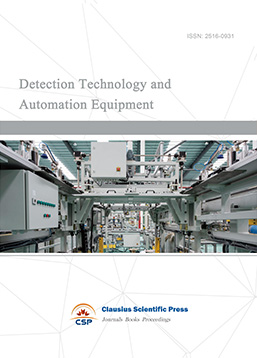
-
Journal of Radio and Wireless

-
Journal of Microwave and Terahertz Engineering
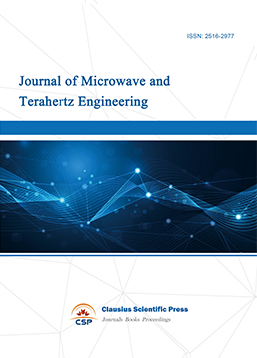
-
Journal of Communication, Control and Computing
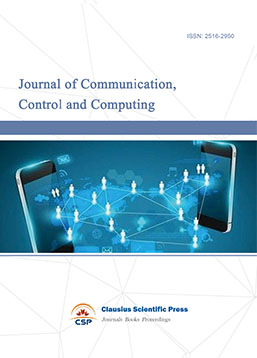
-
International Journal of Surveying and Mapping
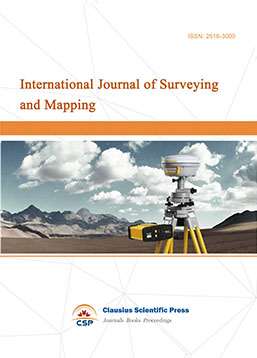
-
Information Retrieval, Systems and Services
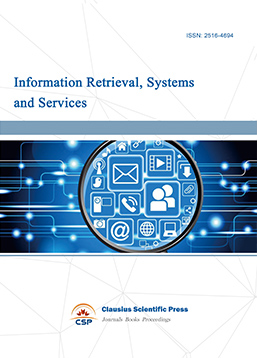
-
Journal of Biometrics, Identity and Security

-
Journal of Avionics, Radar and Sonar
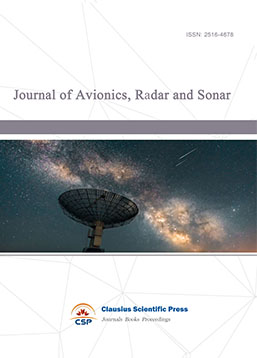

 Download as PDF
Download as PDF